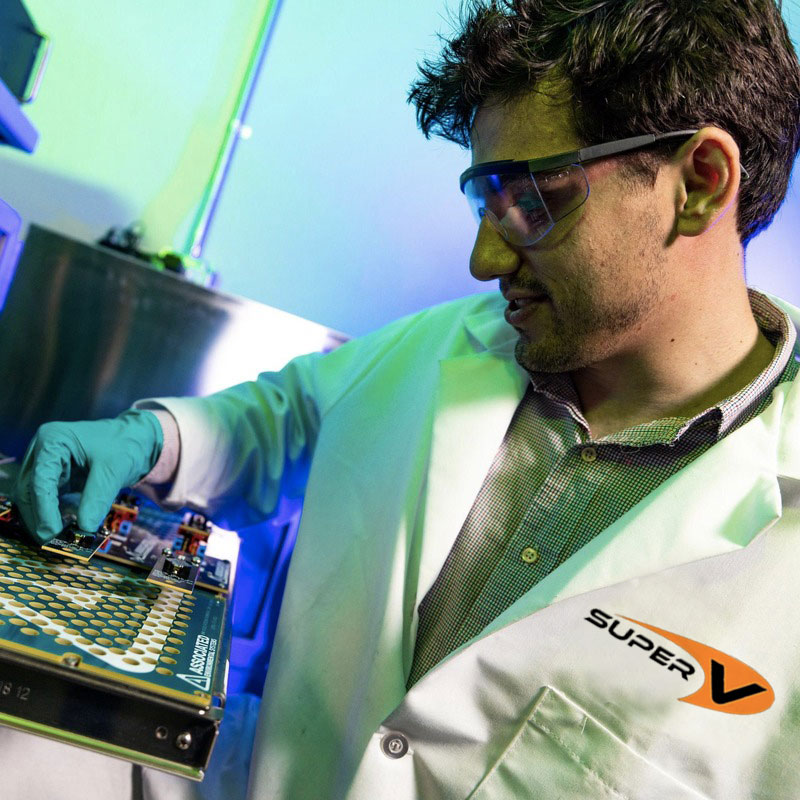As the world moves toward a more sustainable future, the demand for efficient energy storage solutions has skyrocketed. Central to this shift are lithium-ion batteries, which are today indispensable across a variety of industries, ranging from transportation to renewable energy systems. In 2022, global demand for Li-ion batteries was roughly 700 GWh. This figure is forecast to catapult to an astounding 4.7 TWh by 2030. Such an exponential rise underscores not only the success of these batteries but also highlights a significant concern—the need for lithium-ion battery recycling.
In our current scenario, recycling isn’t simply an environmental responsibility. Just as importantly, it’s a strategic step to ensure the longevity and sustainability of the lithium-ion battery supply chain. Here, we’ll shed light on the challenges associated with recycling these powerhouses and present innovative solutions to make the process more efficient and accessible for everyone.
>> A Guide To The 6 Main Types Of Lithium Batteries
The Challenges of Lithium-Ion Battery Recycling
Lithium-ion batteries are frequently the go-to choice for home and industrial use because of their high-energy densities and extended lifespans. However, they also come with a unique set of recycling challenges. Here are some of the most common issues:
- Complex composition: A mixture of metals, including cobalt, nickel, and manganese, makes recycling lithium-ion batteries a challenging process. Moreover, you need advanced techniques to separate and recover these valuable materials efficiently.
- Environmental concerns: Traditional methods of recycling can have environmental drawbacks. For instance, the process of pyrometallurgy (commonly used in recycling) generates harmful emissions. Therefore, there’s an urgent need for more eco-friendly recycling approaches that focus on the direct recovery of materials without excessive pollution.
- Economic hurdles: Launching and maintaining recycling facilities isn’t only a matter of securing a location and getting the right equipment. The financial aspect can be multi-faceted—and often daunting. The initial costs tend to be steep, encompassing everything from state-of-the-art machinery to skilled manpower and rigorous safety measures. Once operations are up and running, you require consistent funding for day-to-day operations, regular equipment upgrades, and adherence to ever-evolving safety and environmental standards.
- Safety issues: Lithium-ion batteries, if not handled or stored properly, pose a fire risk. To illustrate, there have been a number of incidents where discarded batteries have ignited, causing hazardous conditions at recycling centers.

The complex nature of recycling lithium-ion batteries calls for innovative solutions. Those that not only address these present challenges but also make the recycling process more streamlined and efficient. For the sake of a sustainable future—and to ensure the continued viability and safety of battery usage—it’s imperative that we invest in, support, and implement these cutting-edge recycling strategies.
Efficient Ways to Make Lithium-Ion Battery Recycling Easier
Navigating the intricate and complex landscape of lithium-ion battery recycling requires fresh, creative solutions. In other words, we need to find ways to redefine how we think about and approach battery recycling. To shed some light on this, we’re diving into three game-changing methods, each promising to make the recycling journey smoother and more effective.
Advanced Battery Sorting Technologies
Before recycling even begins, make sure that batteries of the same chemistry and design are grouped together. Incorrect sorting can hamper the recycling process and result in a mix of materials that are harder to separate.
Emerging technologies are addressing this challenge head-on. AI-powered sorting systems, for example, leverage machine learning to swiftly identify battery types and categorize them with impressive accuracy. These advanced sorting technologies also drastically enhance the efficiency of the recycling process. Another method supporting this is the mechanical separation technique, which utilizes physical processes to separate battery components.
A real-world application can be seen in methods employed by environmental organization Bebat, whose advanced sorting mechanisms play a crucial role in ensuring efficient recycling. Bebat employs a systematic approach to battery recycling. This encompasses widespread collection points, advanced sorting mechanisms, and specialized recycling to maximize resource recovery.
Modular Battery Design
One of the primary challenges in battery recycling is the disassembly of batteries. The idea behind a modular battery design is simple yet revolutionary. That is—design batteries in such a way that they can be easily taken apart.
By ensuring that battery components can be disassembled with minimal effort, recycling becomes a far more straightforward process. Design for disassembly is an approach where the product’s end-of-life phase is considered right from the design stage. This forward-thinking method addresses process-related challenges for disassembly and promises a brighter future for lithium-ion battery recycling.
Closed-Loop Recycling Systems
At its core, a closed-loop recycling system is a process where waste is collected, recycled, and then used again to produce the same product. For lithium-ion batteries, this means that the materials recovered post-recycling are used to manufacture new batteries.
By adopting closed-loop systems, valuable materials like lithium, cobalt, and nickel can be reintroduced into the production chain. One major advantage is in reducing the need for virgin materials. Additionally, this approach not only maximizes resource efficiency but also reduces environmental impact. As such, it’s a win-win for manufacturers as well as the planet.

Powering Ahead: The Road to Sustainable Battery Recycling
In our fast-evolving world, lithium-ion batteries stand out as both a marvel of modern technology and a challenge that needs to be addressed. From understanding the intricacies of battery recycling to the introduction of groundbreaking strategies like advanced battery sorting, modular designs, and closed-loop systems, it’s evident that a greener future lies in refining our recycling approaches.
It’s more than simply preserving resources. Rather, it’s about creating a world where our energy solutions harmonize with the planet. For this vision to come to life, it’s vital that everyone—from daily users and industries to decision-makers—champion as well as step-up their recycling efforts.
Eager to play a part in this critical journey? Connect with us and let’s work together toward a brighter, more sustainable future. Get in touch with SuperV Battery now!


